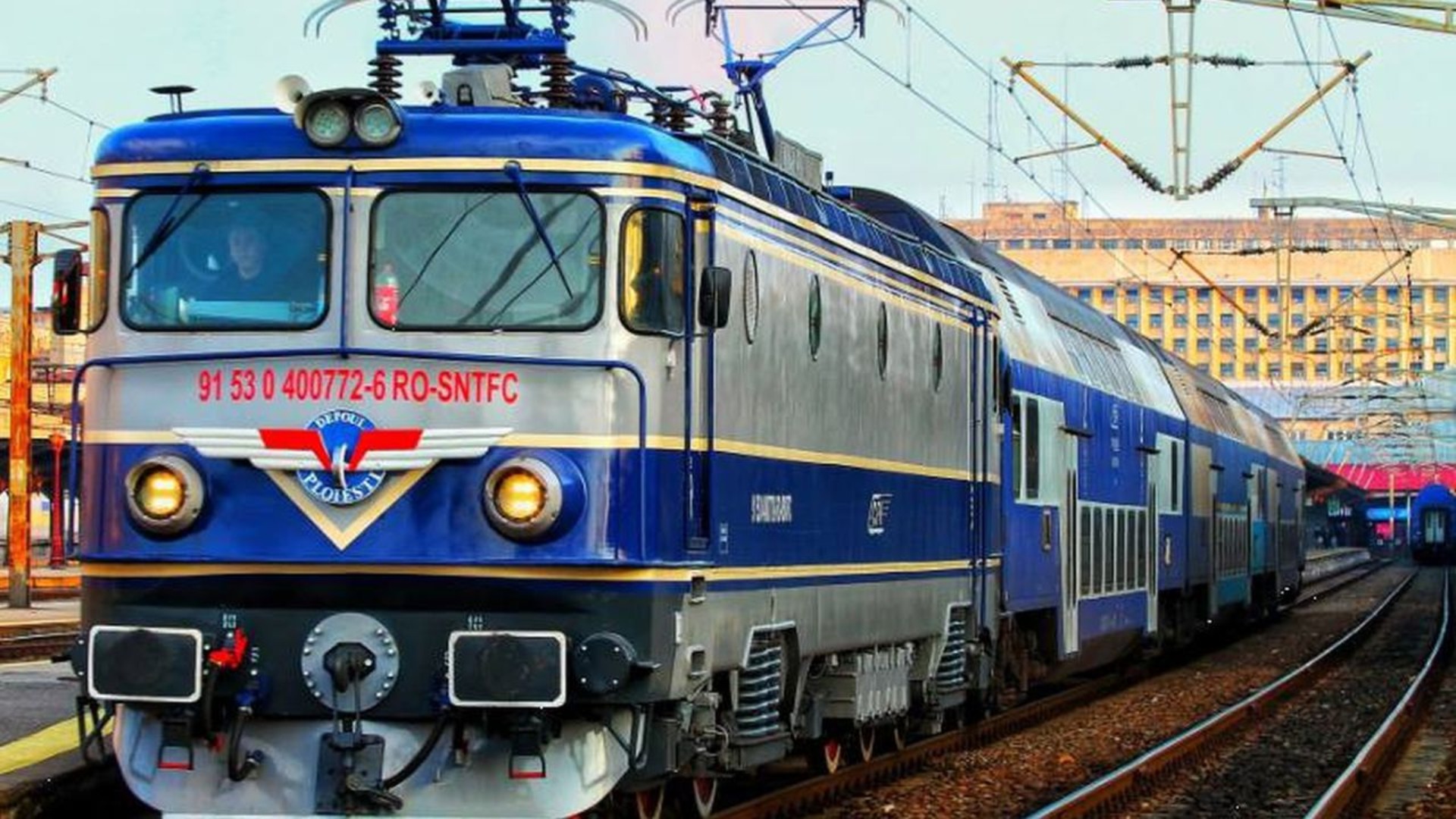
Romania: ABB Awarded Project to Upgrade 19 CFR Călători Locomotives

ABB has secured a contract to provide a comprehensive traction system for the modernization of 19 CFR Călători locomotives in Romania.
ABB has been chosen to enhance the performance of 19 CFR Călători locomotives in Romania, focusing on improved energy efficiency and reliability.
As part of the agreement, ABB will provide advanced transformers, converters, and electric motors, enabling these locomotives to increase their maximum speed from 120 km/h to 160 km/h.
The modernization process will be conducted in collaboration with Reloc, a regional expert in refurbishing and upgrading locomotives in Romania and the broader Balkans area.
Roger Affolter, Head of Retrofit at ABB Traction, expressed enthusiasm about the partnership with Reloc. He emphasized the project's significance in upgrading CFR’s train speeds from 120 km/h to 160 km/h. Affolter noted the importance of enhancing the reliability of CFR's locomotives, which are expected to travel approximately 278,000 km annually. He highlighted ABB's expertise in providing a complete, rigorously tested traction chain suitable for demanding conditions.
The project involves 19 locomotives, each with a power output of 5100 kilowatts (kW), operated by CFR Călători, the national railway passenger transport company of Romania. This upgrade aims to elevate Romania's locomotives to European standards in terms of energy efficiency and reliability.
Romania's public transport infrastructure currently faces challenges, with passenger trains averaging speeds of just 40 km/h due to outdated equipment. To address this, the locomotive upgrade is financed through Romania's National Recovery and Resilience Plan (PNRR), backed by the EU.
Each locomotive will be equipped with a new traction transformer, two CC 1500 MS traction converters, and six AMX 500 traction motors. This enhancement will increase the locomotive’s traction power to 6 MW and improve drive train efficiency by about 5%. Additionally, energy savings of up to 15% are anticipated through energy recuperation during braking.








